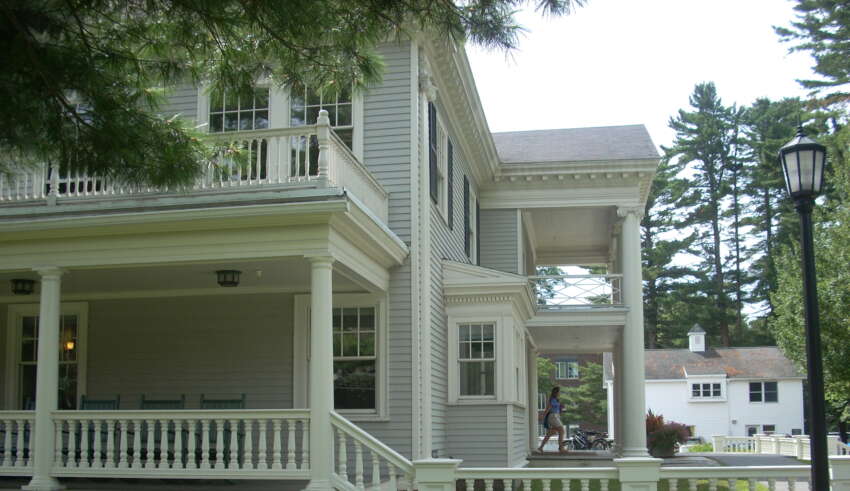
In conclusion, I wish to focus on how life, work and Worth have been perceived in the United States. Specifically, I return to the two American regions where the Mill Girls and Harvey Girls were employed. What are the similarities and differences in the perspectives that have dominated both regions? And have these perspectives changed or remained the same in 21st-century America?
Living and Working in America
De Tocqueville will now guide us in reflecting on life and work in America. His observations regarding the distinctive character of American culture during the first half of the 19th Century focused primarily on the Eastern states, since the West had not yet been settled. We turn to de Tocqueville specifically by asking two questions about the living and working conditions of the two groups of American women we are studying. First, was this culture sustained throughout the 19th Century in the Eastern United States, where most of the Mill Girls worked? Second, what about the culture of the American West, where the Harvey Girls were primarily working? Did de Tocqueville’s culture of America travel westward?
First, there is some good news regarding the sustained presence of a distinctive American culture. De Tocqueville’s Habits of the Personal and Collective Heart are abundant. As was found by de Tocqueville in the 1830s, it is in the small and often remote communities where much of the distinctive American spirit of democracy has remained intact over the past 150 years. It is less often found in the big cities. In making this claim, we are joined by such contemporary observers and commentators on American life as James Fallows (2018) and David Brooks (2016). They document the collective, collaborative vitality of American life found in villages and towns like Lost Hills, California, that receive little attention.
Habits of the heart have been observed in some communities. Furthermore, Brooks and Fallows suggest that these habits continue to typify American culture when citizens have identified and work toward a common end, which is more likely to occur in small communities. That is good to know and provides some hope for those living in a fragmented and polarized America of the 2020s. However, we are focused on a community of the past in America: what about the presence of these habits among the women working in Eastern mills? And is Heart found in the lives of those women who have been serving meals in Western communities? We will frame our answer to these two questions by returning to de Tocqueville’s original criteria. New England Communities come first.
New England
Our assessment of the culture of New England (and later the culture of the American West) is guided specifically by the criteria offered by de Tocqueville in his identification of the ingredients essential to a democracy and establishing heart-based habits. To what extent has the culture of New England met these criteria, especially regarding Mill Girls? We consider the first of these criteria. It concerns equity.







